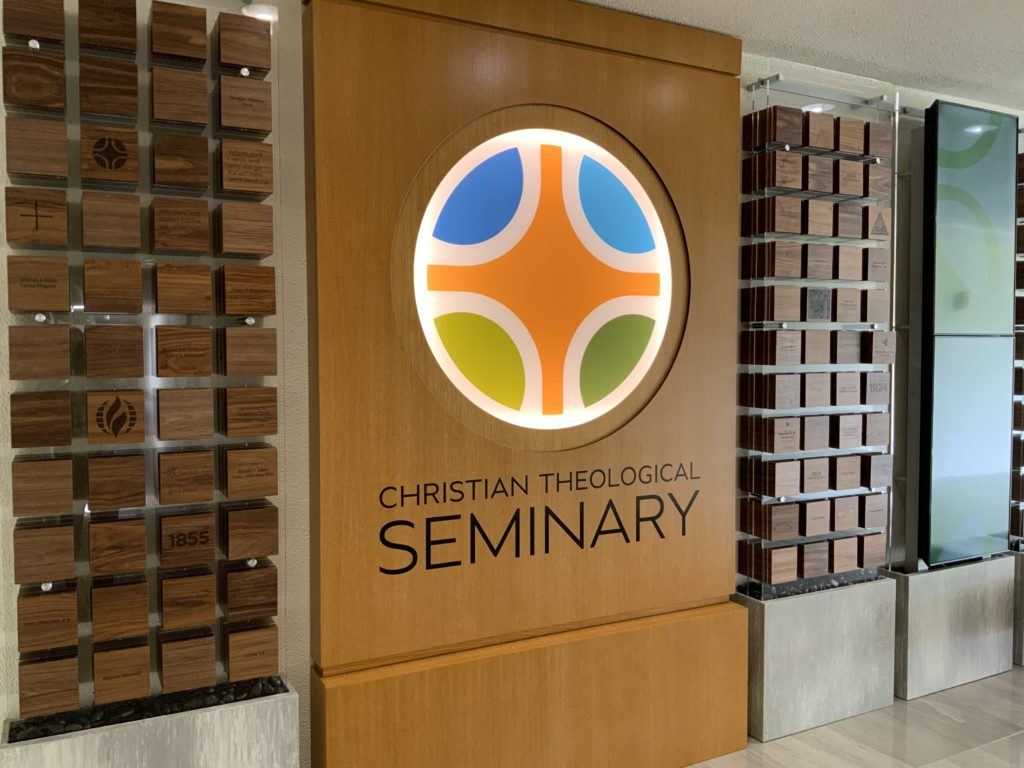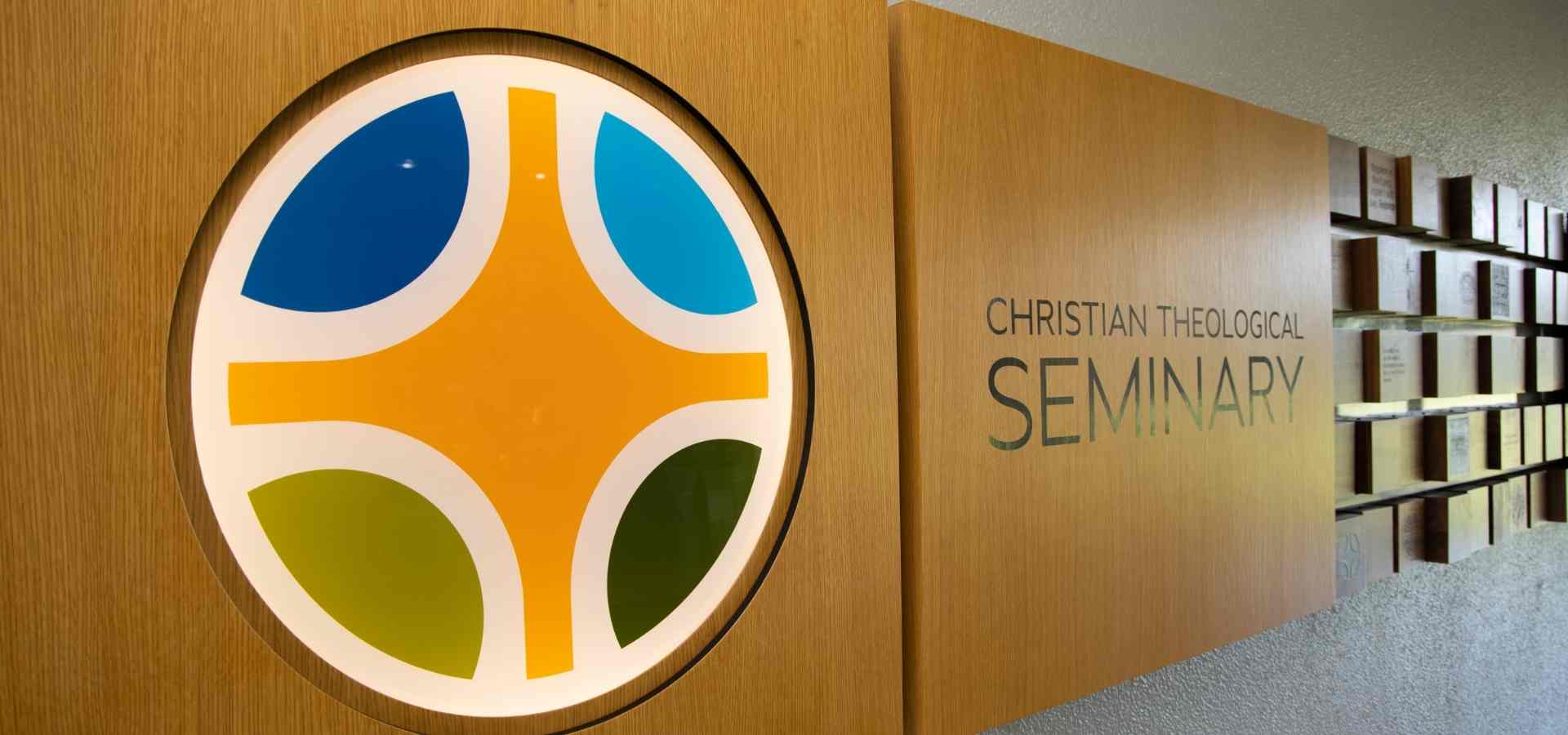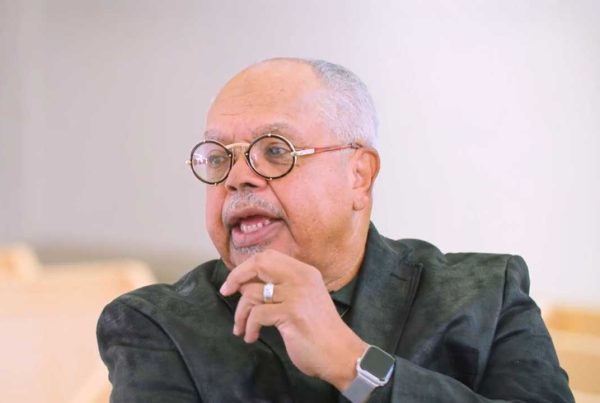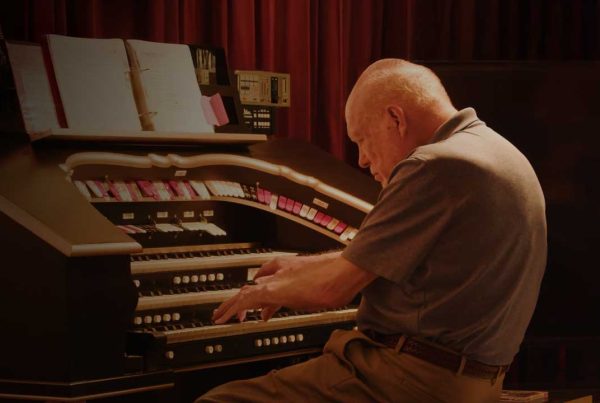 In light of recent changes at CTS, including the appointment of a new president and the sharing of the campus with Butler University’s College of Education, the Board of Trustees and administration chose to reinvest in the seminary’s culture to help facilitate the changes it has experienced, honor its history, establish a sense of place, and visually represent the legacy of CTS with two new decorative installations in the building’s entryway and west hallway.
In light of recent changes at CTS, including the appointment of a new president and the sharing of the campus with Butler University’s College of Education, the Board of Trustees and administration chose to reinvest in the seminary’s culture to help facilitate the changes it has experienced, honor its history, establish a sense of place, and visually represent the legacy of CTS with two new decorative installations in the building’s entryway and west hallway.
The CTS building was designed between the years of 1964-1987 by architects Daniel Urban Kiley and Edward Larrabee Barnes at the suggestion of J. Irwin Miller. It is a fantastic example of modernist architecture—something with which CTS has been closely associated. The intent of the new hallway project was to visualize the physical manifestation of the CTS identity while preserving the integrity of the original, modernist architectural expression of the building.
Higher education is about exploration and self-discovery, and at CTS that exploration is extremely personal and involves a great deal of practical experience. The concepts that were included as part of the design serve to translate that experience into something tactile and interactive, which upholds the tenets of the current identity initiatives and cultural values and creates an ownable experience that can be customized for alumni and donors. Additionally, a goal of the design was to preserve the integrity of structure, materials, and architectural theory associated with the building, reinforce the personal nature of the safe environment CTS engenders, and offer an opportunity for modularity.
Consonant with the building’s current look and feel, the new installations feature a light and dark wood palette and, prominently, the renewed CTS logo. Each section of the new installation is comprised of 5×5 inch wooden cubes that provide depth to the display. The boxes are made of sustainable wood and have a natural, high touch sensibility, which is grainy and hard to withstand much exposure in its natural state. Many of the cubes bear the names of and/or symbols representing important persons, groups, or institutions in CTS’s long history.
As you can see in the video below, the wooden cubes are arranged horizontally in the entryway and vertically in the hallway. The west wing installation also includes four video screens. These screens allow for displaying dynamic content that is a reflection of the seminary and it’s community. The screens are placed on top of each other and can be used individually or together and provide many opportunities to show student experiences and to tell CTS’s history through photographs and images.
Placing these installations in the entryway and first hallway juncture help to create an appropriate sense of arrival to the building that visually honors the institution’s past while indicating an evolution in its history under new leadership. What is more, many of the cubes in each section are currently blank, providing the opportunity for future generations to add their mark to the rich history of CTS.






